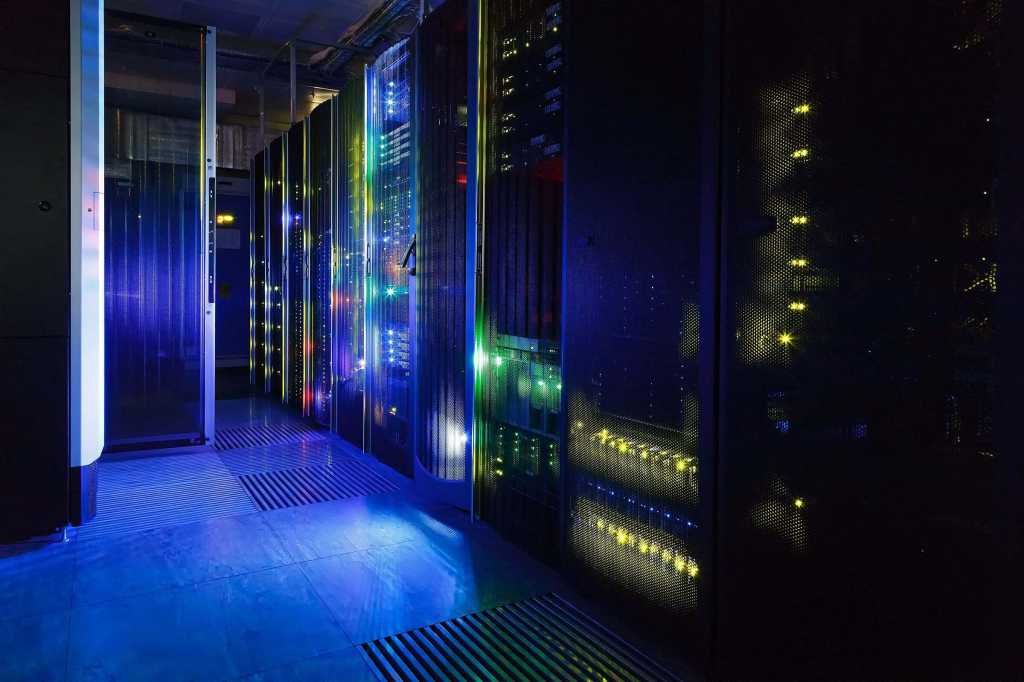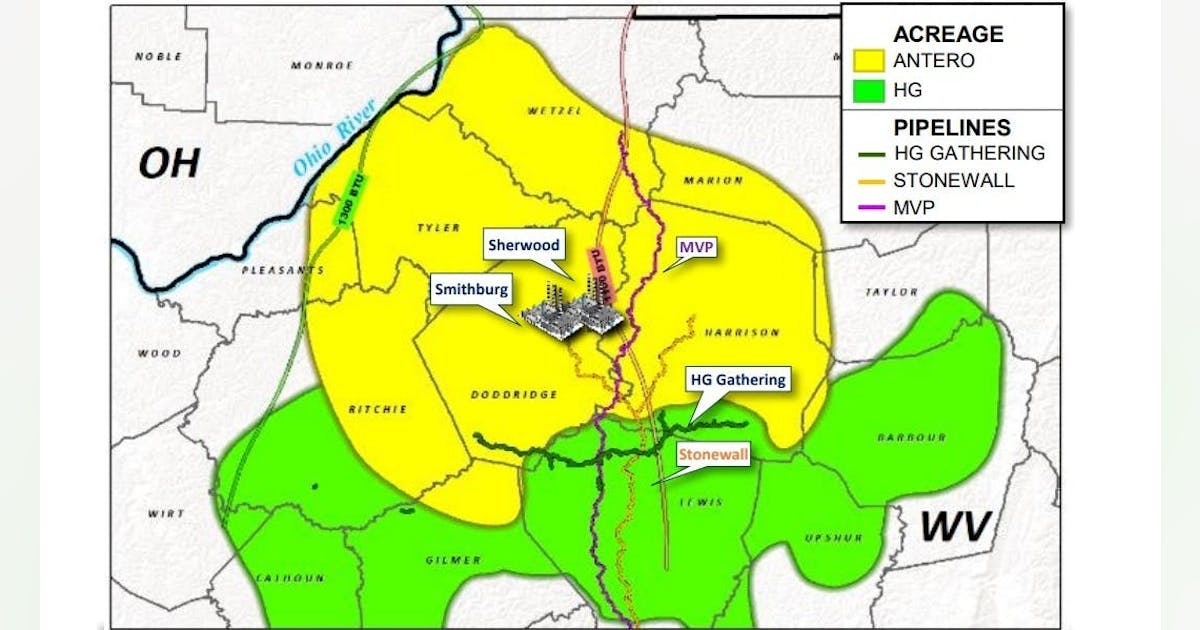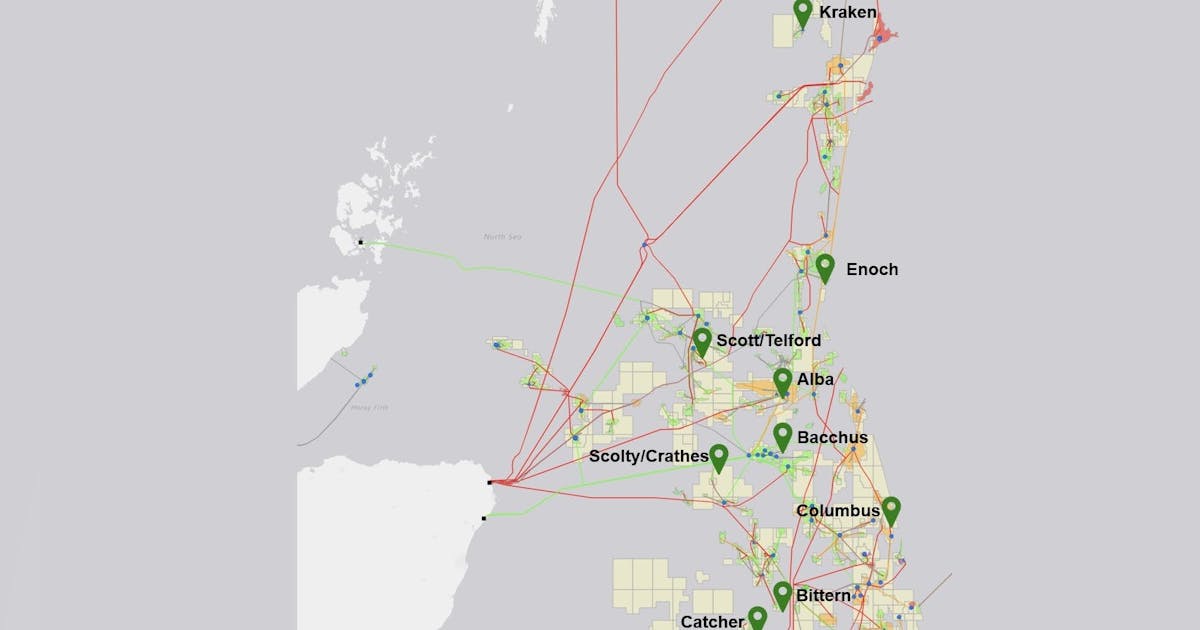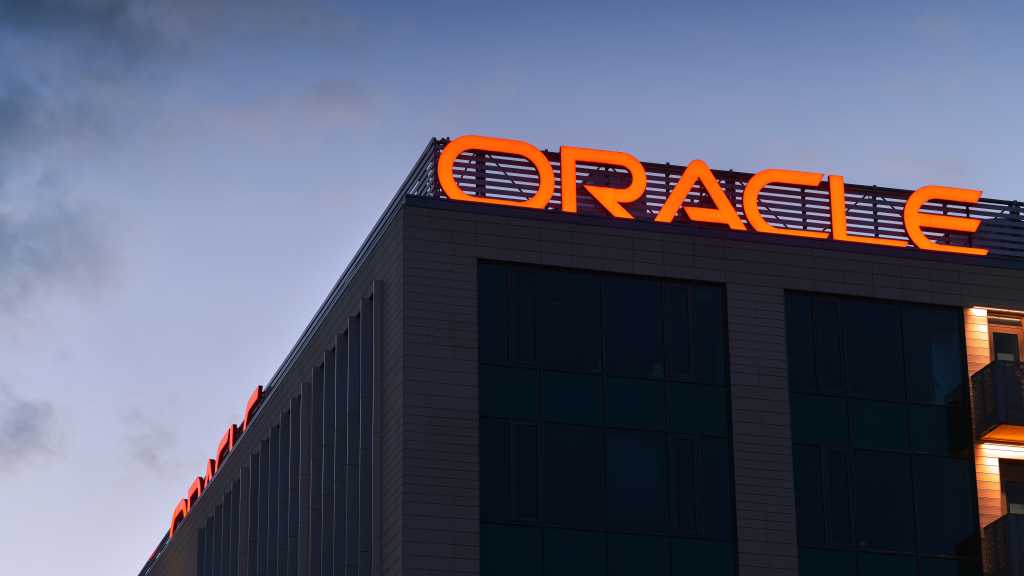
Subsea 7 S.A. has secured what it calls a “sizeable” contract from Turkish Petroleum Offshore Technology Center AS (TP-OTC) to provide inspection, repair and maintenance (IRM) services for the Sakarya gas field development in the Black Sea.
The contract scope includes project management and engineering executed and managed from Subsea7 offices in Istanbul, Türkiye, and Aberdeen, Scotland.
The scope also includes the provision of equipment, including two work class remotely operated vehicles, and construction personnel onboard TP-OTC’s light construction vessel Mukavemet, Subsea7 said in a news release.
The company defines a sizeable contract as having a value between $50 million and $150 million.
Offshore operations will be executed in 2025 and 2026, Subsea7 said.
Hani El Kurd, Senior Vice President of UK and Global Inspection, Repair, and Maintenance at Subsea7, said: “We are pleased to have been selected to deliver IRM services for TP-OTC in the Black Sea. This contract demonstrates our strategy to deliver engineering solutions across the full asset lifecycle in close collaboration with our clients. We look forward to continuing to work alongside TP-OTC to optimize gas production from the Sakarya field and strengthen our long-term presence in Türkiye”.
North Sea Project
Subsea7 also announced the award of a “substantial” contract by Inch Cape Offshore Limited to Seaway7, which is part of the Subsea7 Group.
The contract is for the transport and installation of pin-pile jacket foundations and transition pieces for the Inch Cape Offshore Wind Farm.
The 1.1-gigawatt Inch Cape project offshore site is located in the Scottish North Sea, 9.3 miles (15 kilometers) off the Angus coast, and will comprise 72 wind turbine generators. Seaway7’s scope of work includes the transport and installation of 18 pin-pile jacket foundations and 54 transition pieces with offshore works expected to begin in 2026, according to a separate news release.
Subsea7 defines a substantial contract as having a value between $150 million and $300 million.
Inch Cape is a joint venture between ESB and Red Rock Renewables.
Lloyd Duthie, Seaway7’s VP for UK & Asia, said, “We are looking forward to supporting ESB and Red Rock on the Inch Cape project and at the same time making a contribution to the UK’s energy security and emissions reduction targets”.
John Hill, Inch Cape’s Project Director, said, “I am extremely pleased to have such an experienced party as Seaway7 sign with the project and take responsibility for the installation of our jacket foundations and the transition pieces”.
WHAT DO YOU THINK?
Generated by readers, the comments included herein do not reflect the views and opinions of Rigzone. All comments are subject to editorial review. Off-topic, inappropriate or insulting comments will be removed.
MORE FROM THIS AUTHOR























